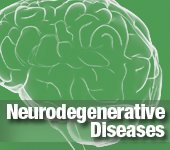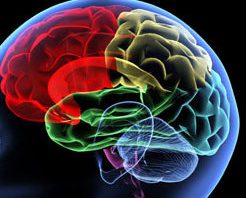 Over the recent decades we have seen a great increase in the intensity of sports and along with it more seem to be getting concussions. Concussions can be very dangerous brain injuries possibly causing high levels of cognitive impairment in the individual’s future. Athletes still are well-educated on the subject and are unaware of such dangers. Professional athletes have nonchalant attitudes towards concussions as they are back in the game or training as early as a day later. Young children, high schools students, and even college athletes look up to the professional players and mimic their actions and attitudes putting themselves at great risk for further damage to their brains. There needs to be an increase in awareness for concussions on what types of damage they can really cause and what can happen if an athlete is not fully healed and gets another concussion.
Over the recent decades we have seen a great increase in the intensity of sports and along with it more seem to be getting concussions. Concussions can be very dangerous brain injuries possibly causing high levels of cognitive impairment in the individual’s future. Athletes still are well-educated on the subject and are unaware of such dangers. Professional athletes have nonchalant attitudes towards concussions as they are back in the game or training as early as a day later. Young children, high schools students, and even college athletes look up to the professional players and mimic their actions and attitudes putting themselves at great risk for further damage to their brains. There needs to be an increase in awareness for concussions on what types of damage they can really cause and what can happen if an athlete is not fully healed and gets another concussion.
What is a concussion? Concussions are types of brain injuries caused by trauma to the head usually induced by a blow to the head or body, a hard fall, or some other injury causing the brain to be shaken or jarred. Despite the absence of bruises or scratches on the face there can be a great amount of internal damage. Our brains do not fully fill out our skull and have a bit of room to move around. When the body is hit there is a sudden change of direction of movement by the skull while the brain continues to move until it smashes into the skull and bounces back to hit the other side. This collision causes a complex cascade of ionic, metabolic, and physiological events. Hypometabolism occurs slowing the brain’s ability to communicate and process information. This is followed by chronic alterations in neurotransmission resulting in neuronal dysfunction causing symptoms such as impaired coordination, memory, attention, and cognition.
It is often thought that once a concussion occurs the athlete needs only a few days to recover before getting back into the game. This is untrue. It has been shown that it can take 10 or more days for metabolism in the brain to return to its normal functioning. Even if the metabolism returns to normal in that amount of time the athlete may still have new or persisting symptoms. This has been termed as postconcussive syndrome:
- “Changes in your ability to think, concentrate, or remember.
- Headaches or blurry vision.
- Changes in your sleep patterns, such as not being able to sleep or sleeping all the time.
- Changes in your personality such as becoming angry or anxious for no clear reason.
- Lack of interest in your usual activities.
- Changes in your sex drive.
- Dizziness, lightheadedness, or unsteadiness that makes standing or walking difficult.”
(http://www.webmd.com/brain/tc/traumatic-brain-injury-concussion-overview?page=2)
In some cases concussions can cause very serious problems. This happens when an athlete receives a concussion and returns to play. This initial concussion need not be major but if there is another hit on the player inducing another concussion there can be serious consequences. During the 10 days after getting a concussion the brain is very vulnerable and is in a weakened state. Another blow can induce a major traumatic brain injury. This results in either long-term problems with basic movement, learning, and even speaking. Protecting the brain in this vulnerable state is crucial for recovery and prevention of very serious long-term problems.
A concussion is serious traumatic brain injuries and the awareness of its symptoms needs to be heightened. Professional and nonprofessional athletes such as college and high school athletes need to be more educated on the effects of such injuries to prevent serious problems. Parents also need to be educated to protect their children from impairment of cognitive potential as a repeated concussion can cause serious problems for the developing brain.









